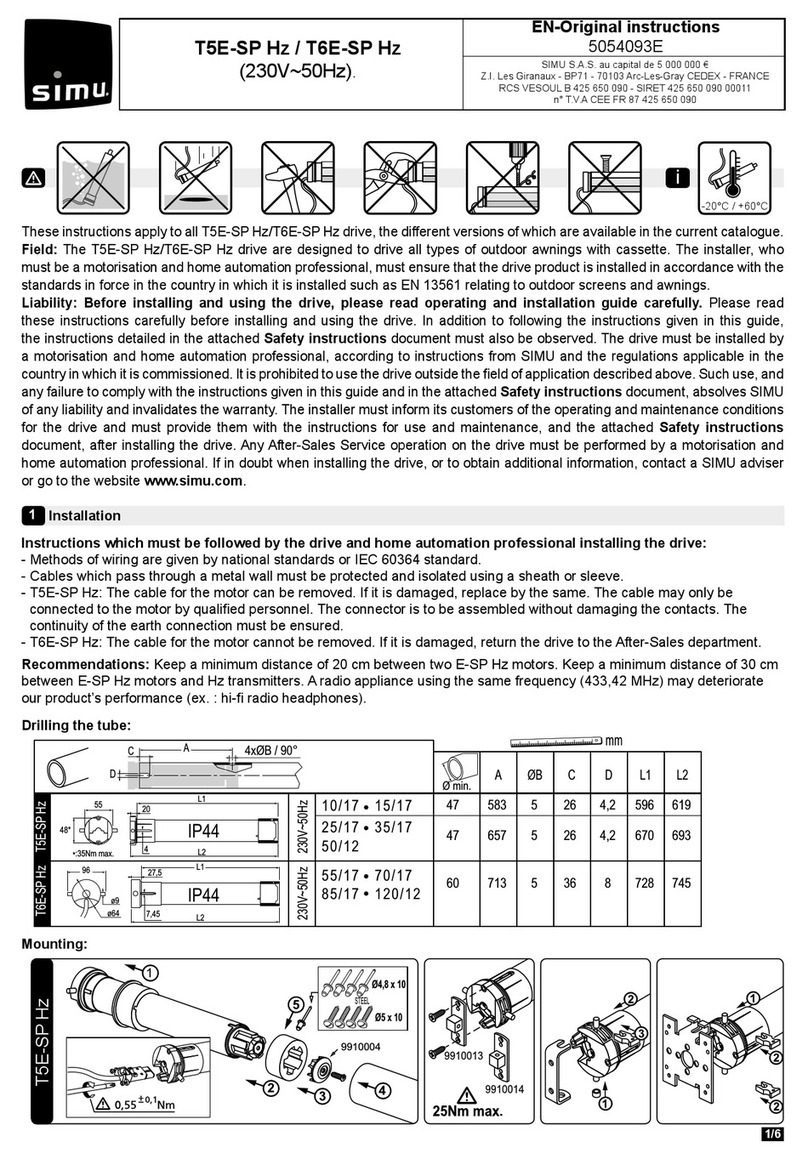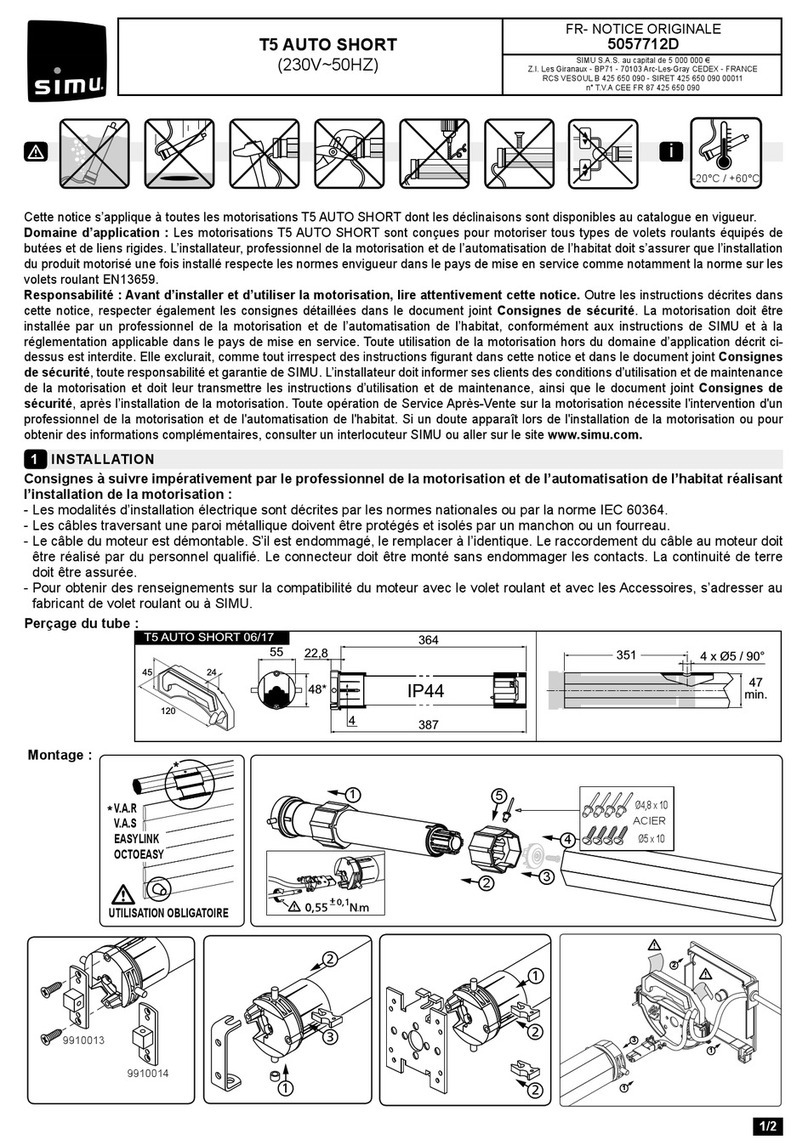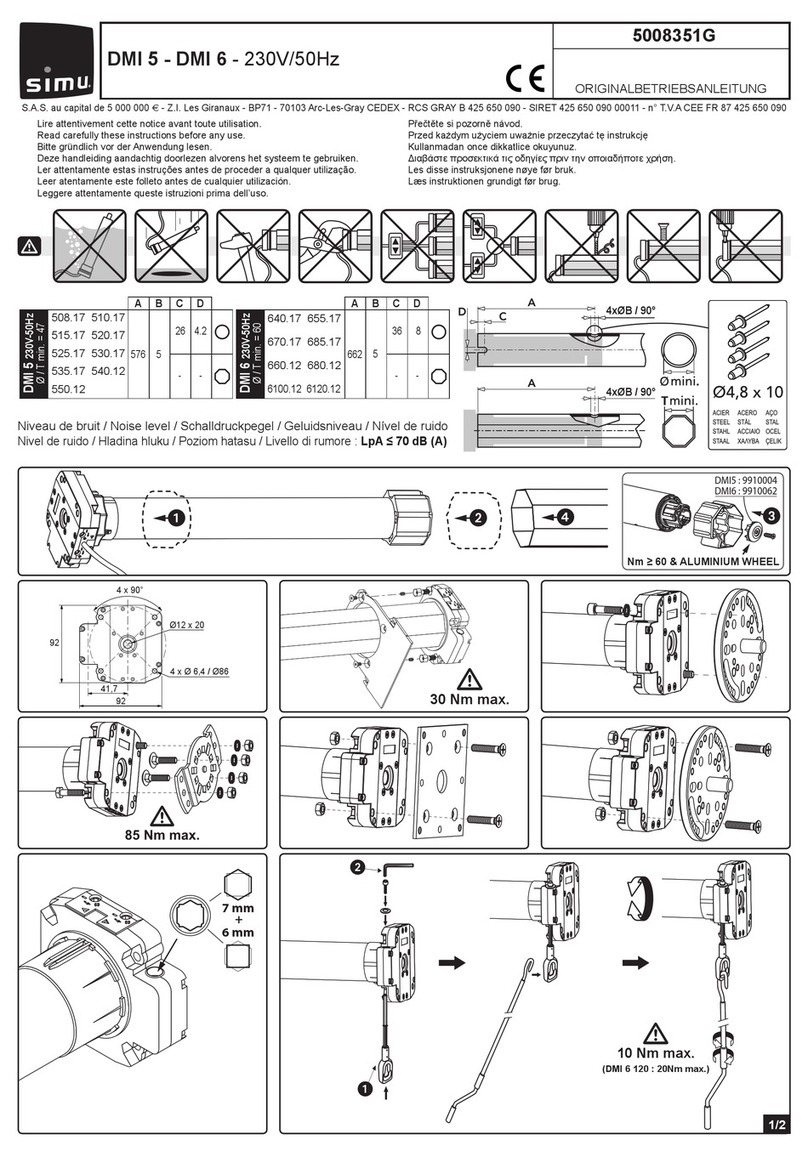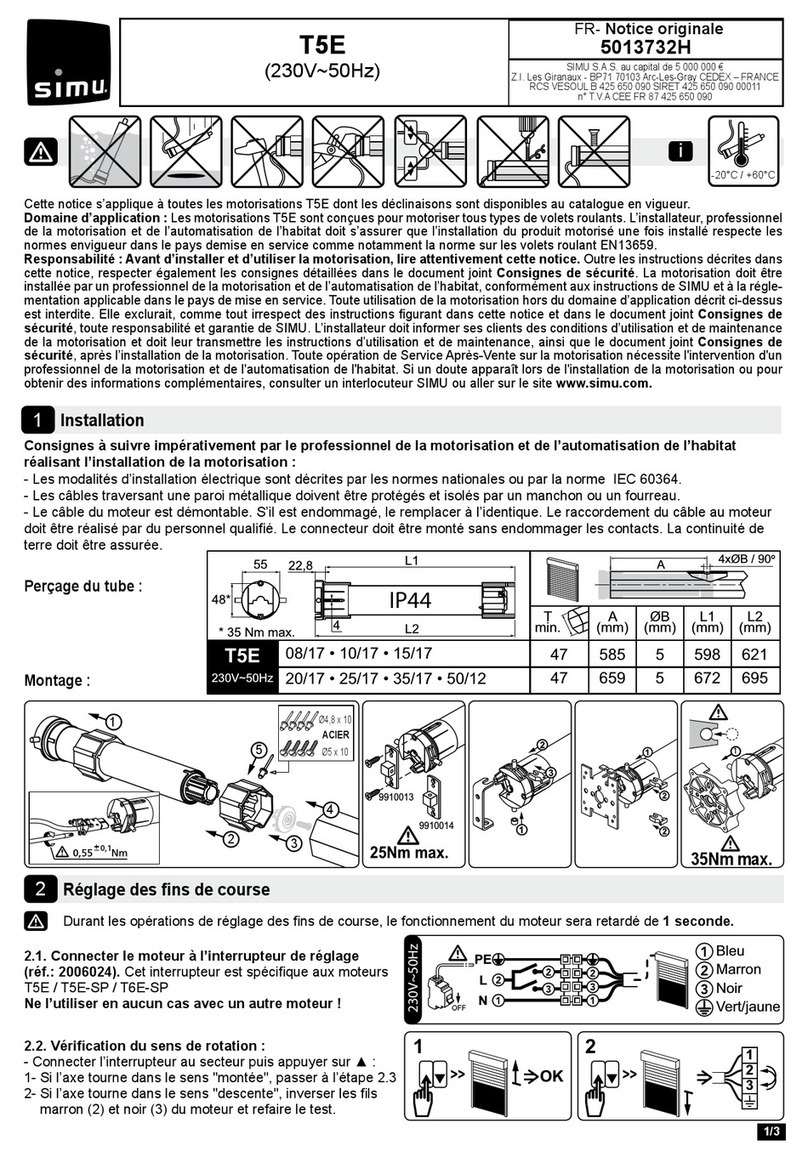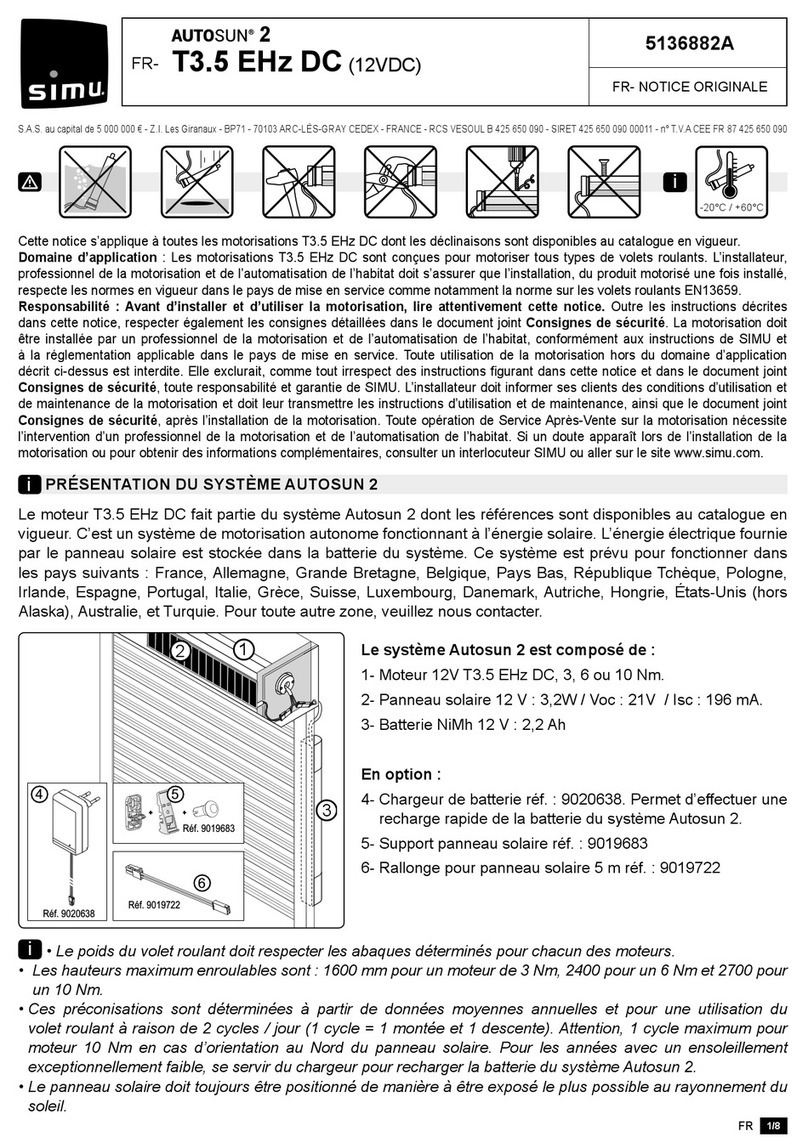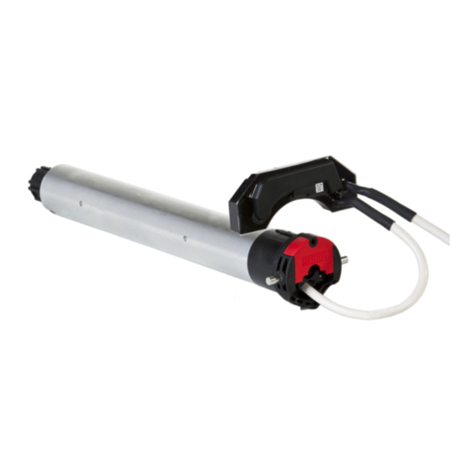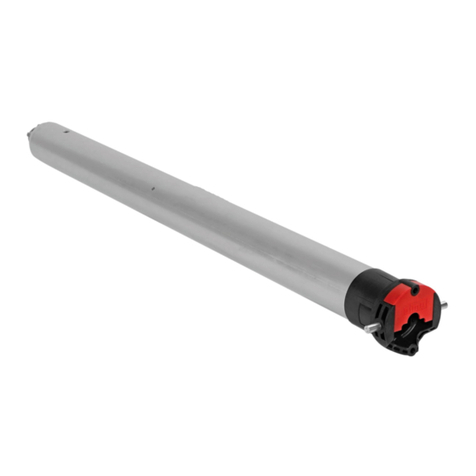Simu T5E-SP Hz User manual




















Other manuals for T5E-SP Hz
1
This manual suits for next models
1
Table of contents
Languages:
Other Simu DC Drive manuals
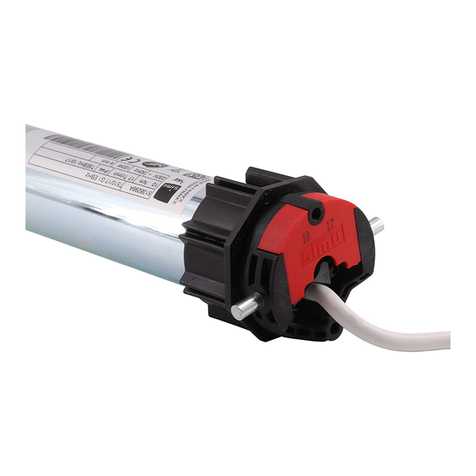
Simu
Simu T3.5EBHz User manual
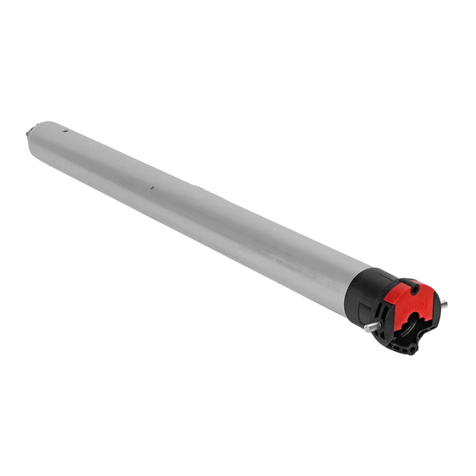
Simu
Simu T5 AUTO+JOB Series User manual
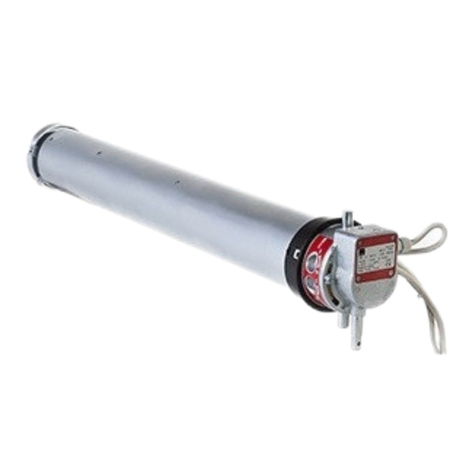
Simu
Simu T835/8 User manual
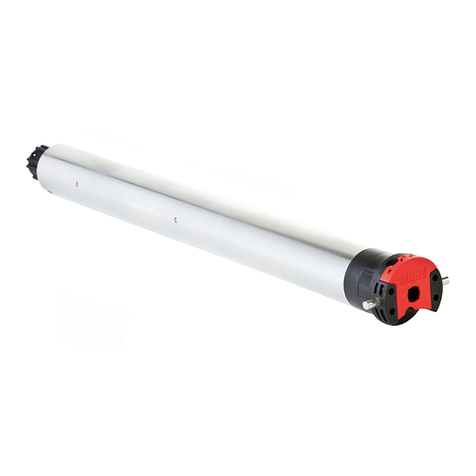
Simu
Simu T3.5EBHz User manual
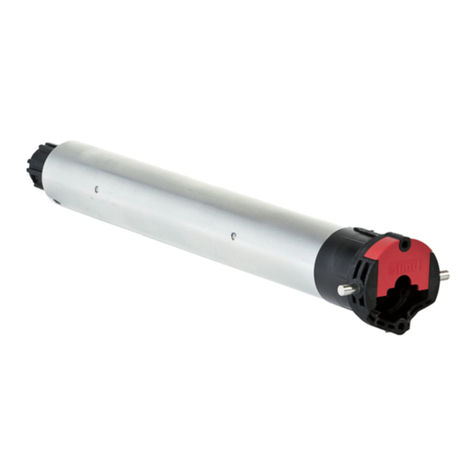
Simu
Simu T5 AUTO SHORT Hz User manual

Simu
Simu T845/10 K User manual
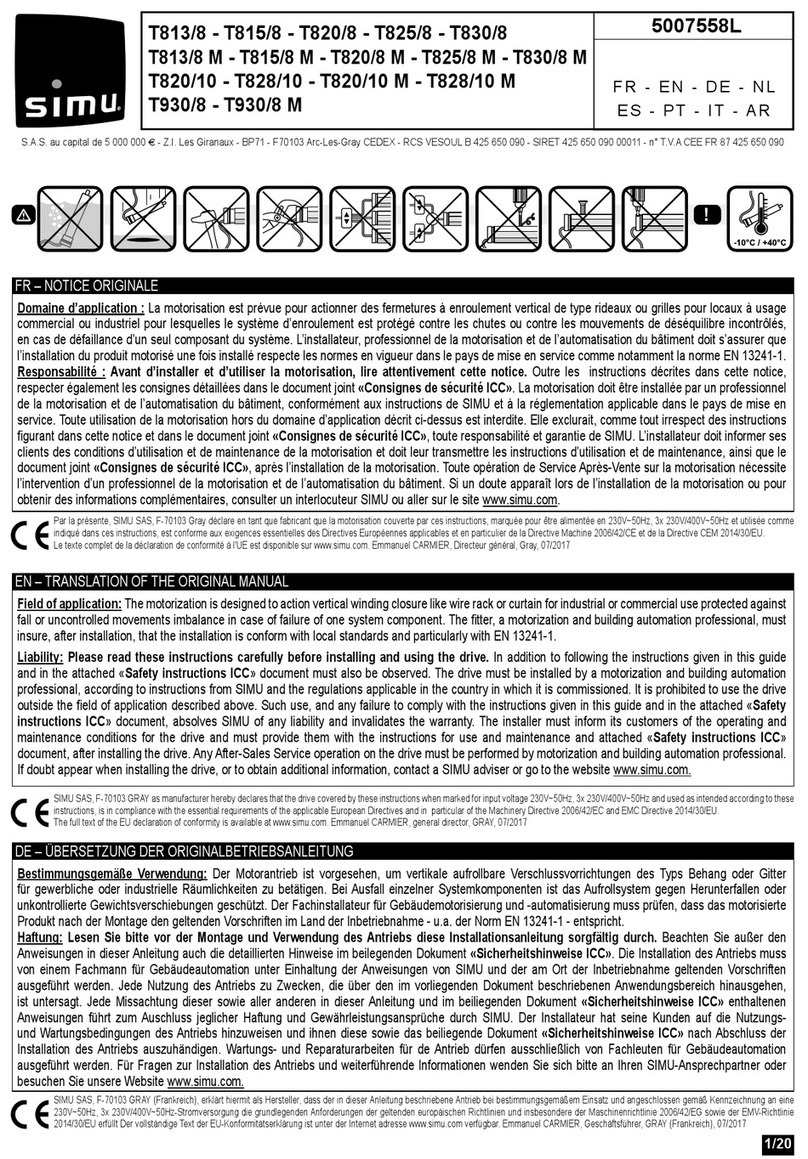
Simu
Simu T813/8 Repair manual
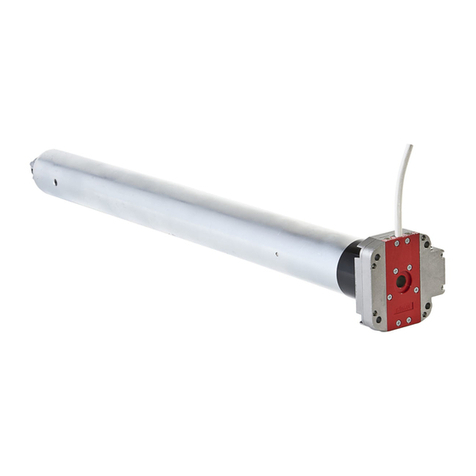
Simu
Simu DMI5 Hz User manual
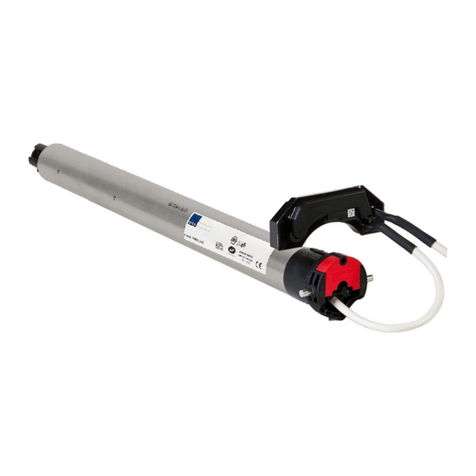
Simu
Simu T5 AUTO+SHORT User manual
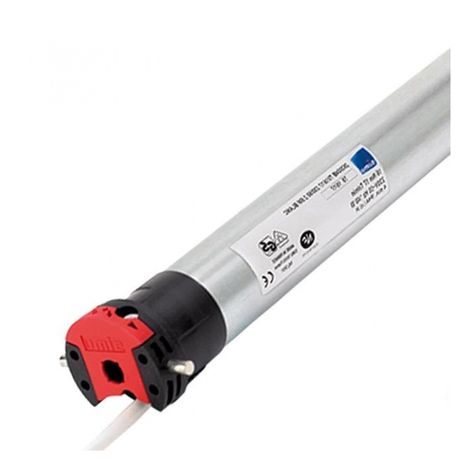
Simu
Simu T5 AUTO User manual
Popular DC Drive manuals by other brands
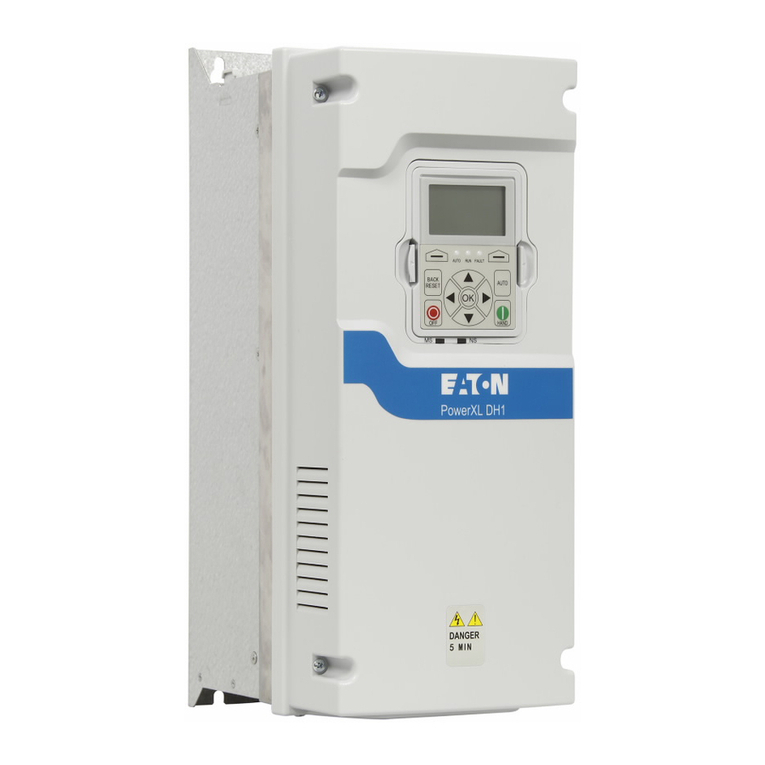
Eaton
Eaton PowerXL DH1 quick start guide

ABB
ABB ACS580MV Hardware manual
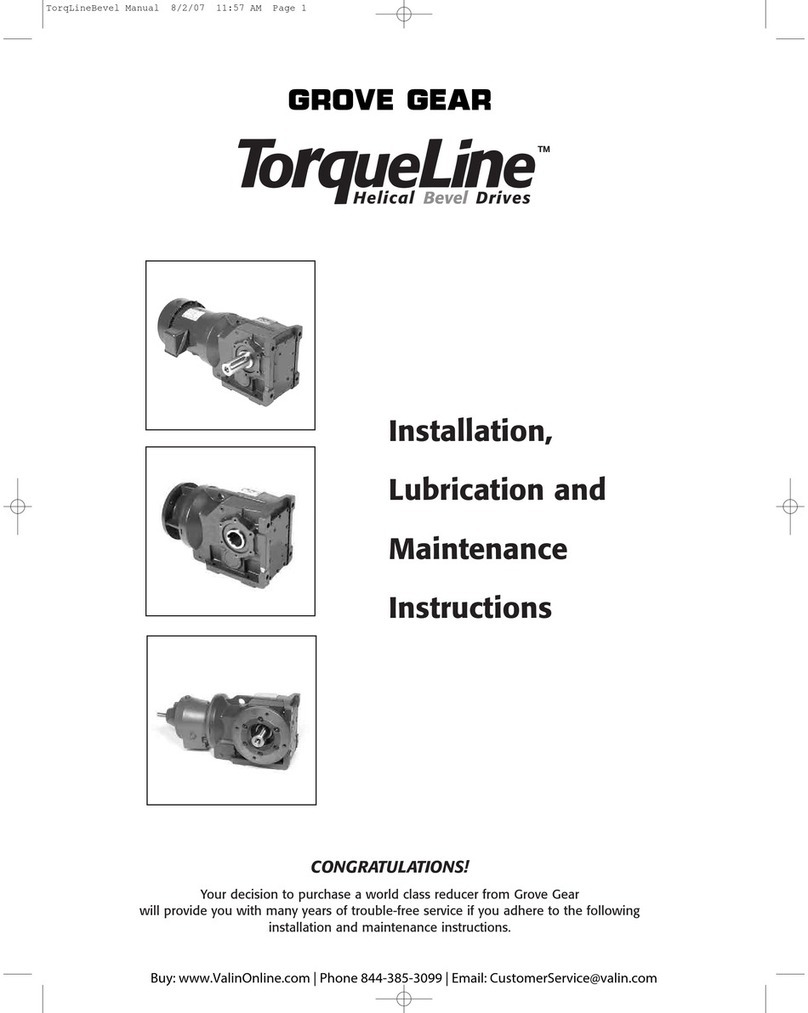
Grove Gear
Grove Gear TorqueLine K Series Installation, Lubrication and Maintenance Instructions
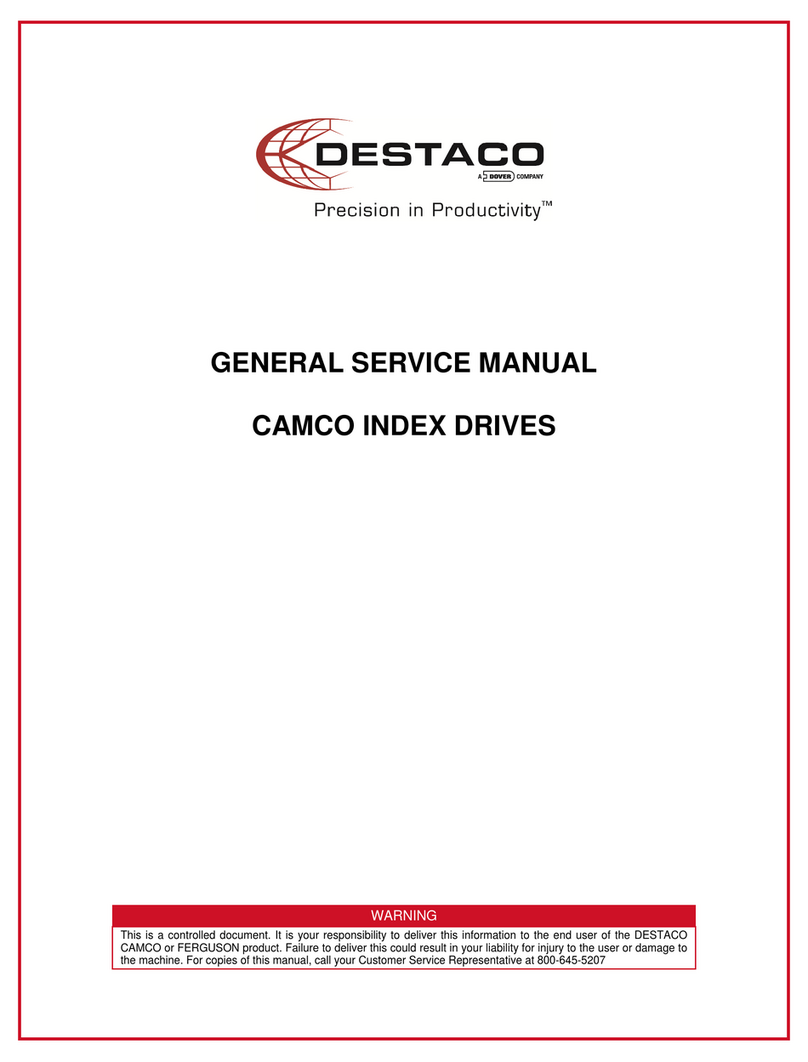
Dover
Dover DESTACO CAMCO 900P General service manual

Power Electronics
Power Electronics B150 Series Documentation

Festo Pneumatic
Festo Pneumatic DRQ-20-PPVJ-A operating instructions
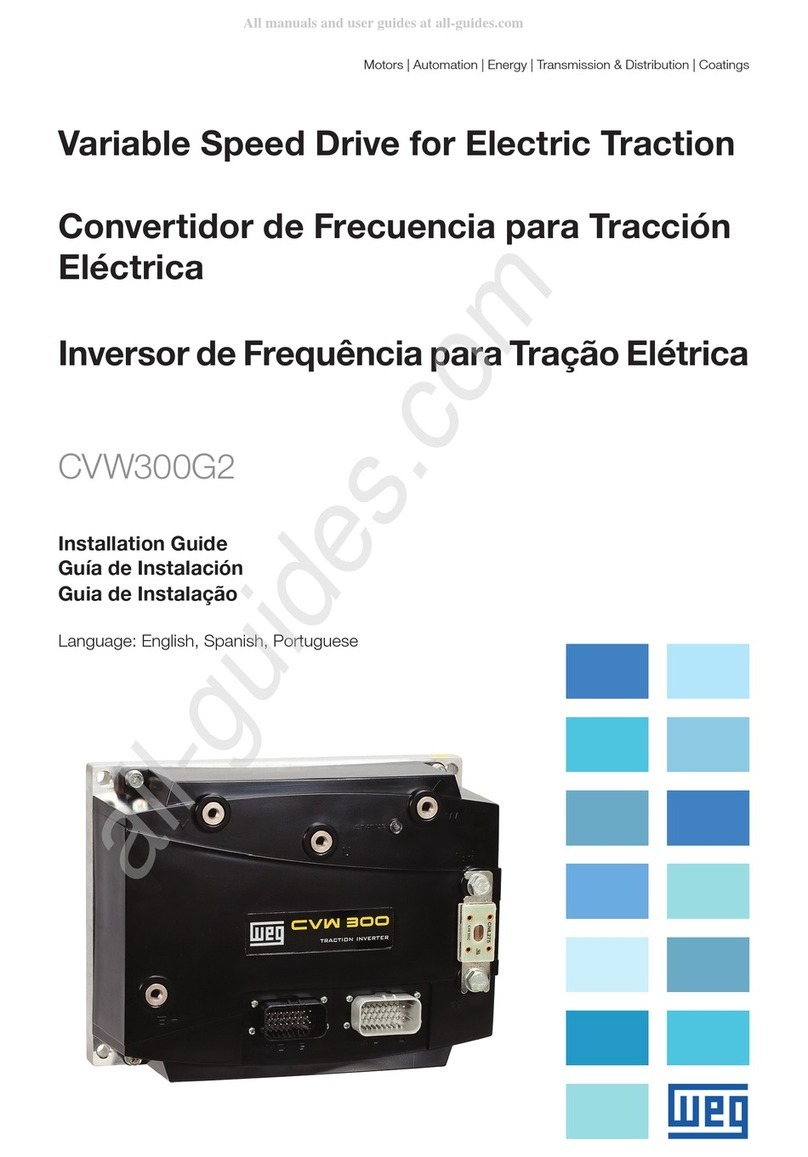
Philips
Philips CVW300G2 installation guide

Siemens
Siemens 6SL3766-1CA00-0AA0 Supplementary sheet / description
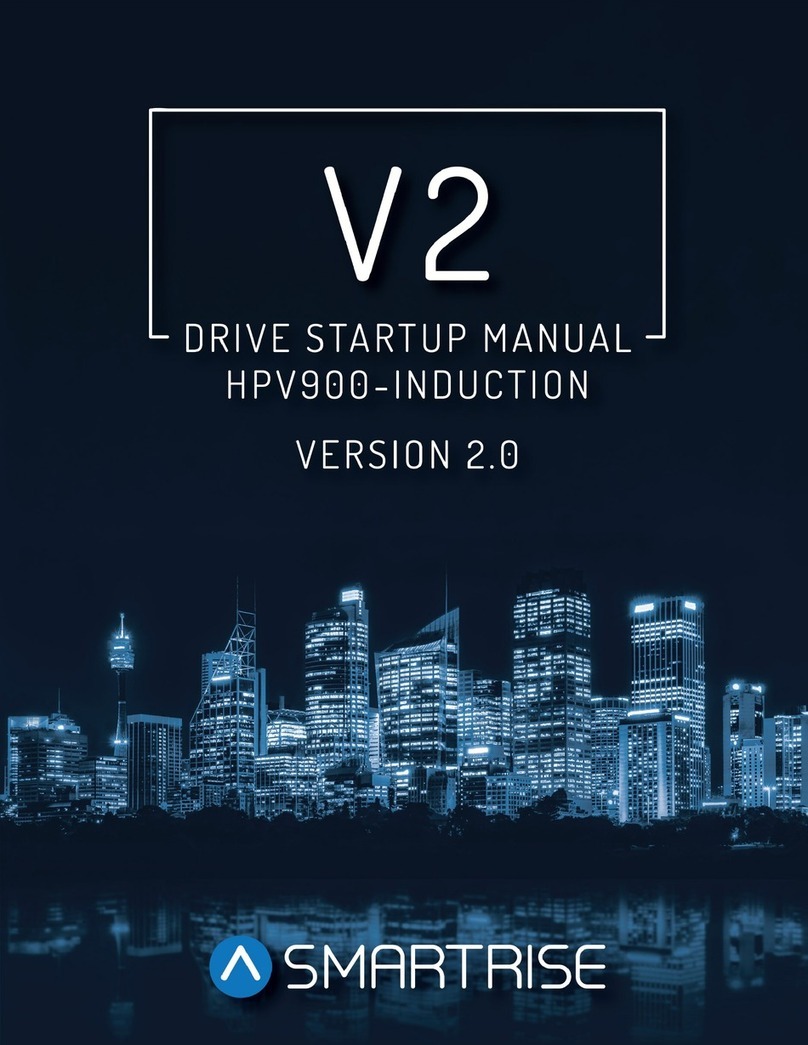
Smartrise
Smartrise HPV900-INDUCTION Startup manual
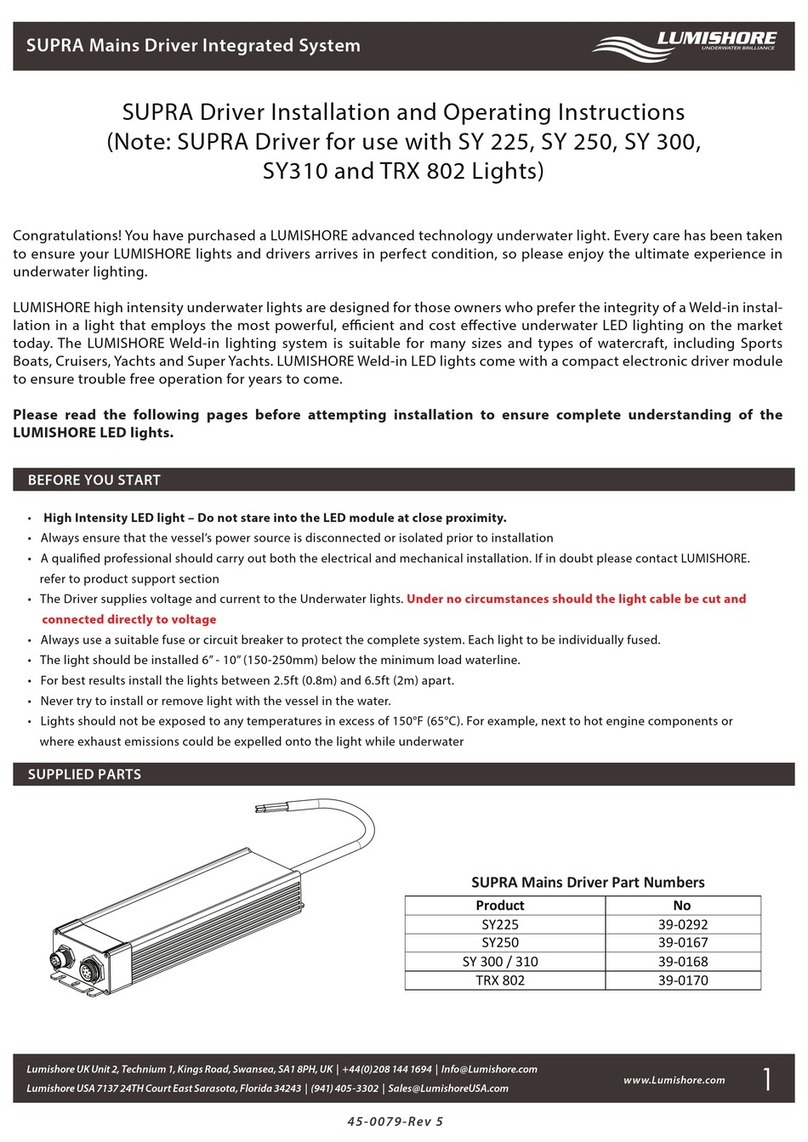
lumishore
lumishore SUPRA SY225 Installation and operating instructions
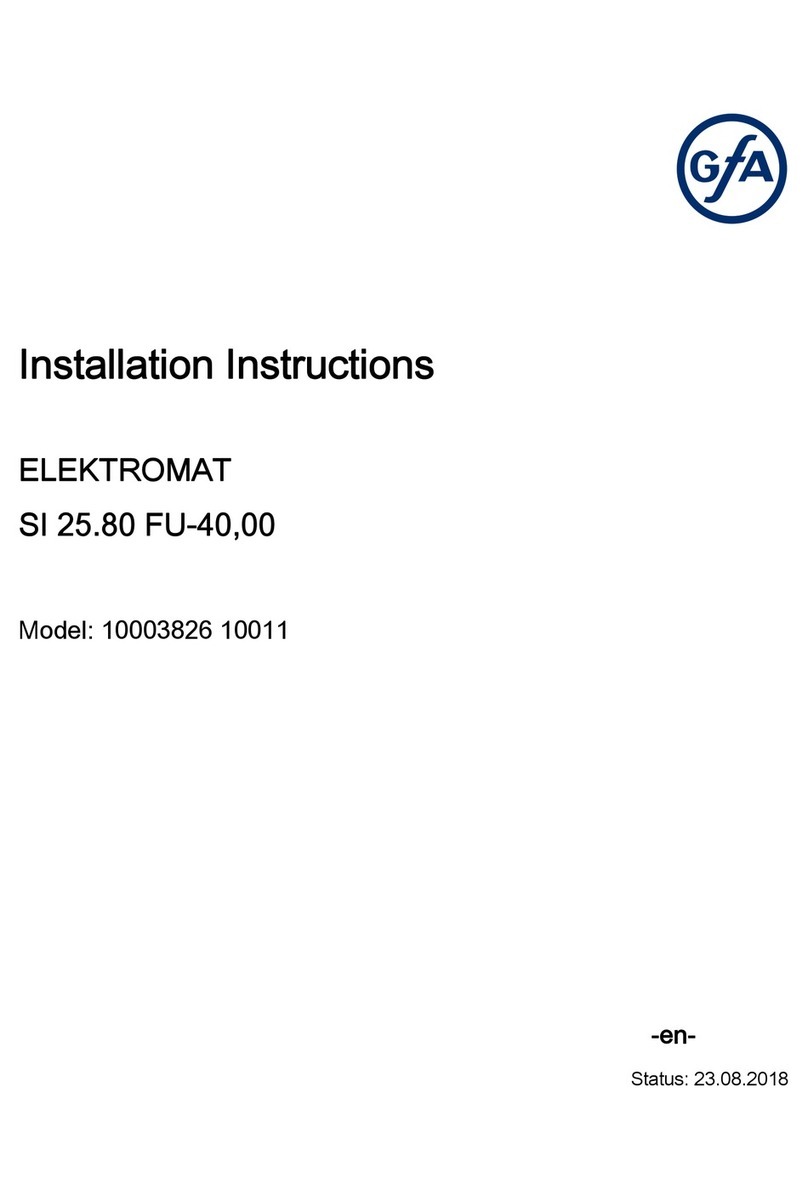
GFA
GFA Installation Instructions SI 25.80 FU-40 installation instructions
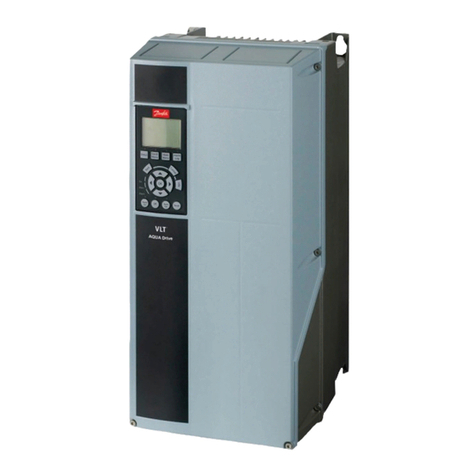
Danfoss
Danfoss VLT AQUA Drive FC 200 Programming guide
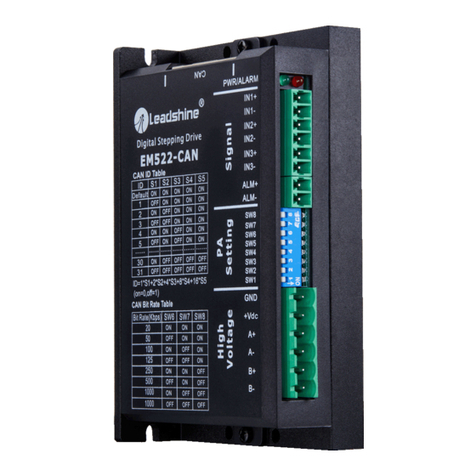
Leadshine Technology
Leadshine Technology EM522-CAN user manual
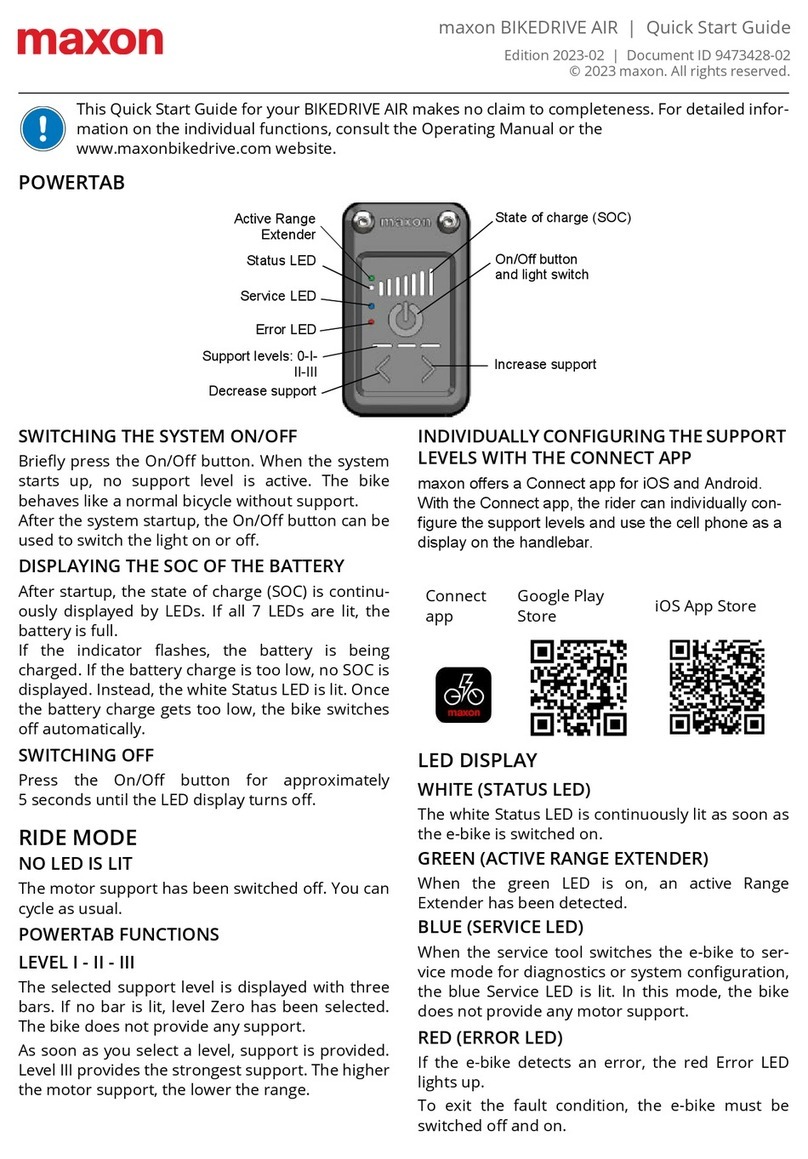
Maxon
Maxon BIKEDRIVE quick start guide
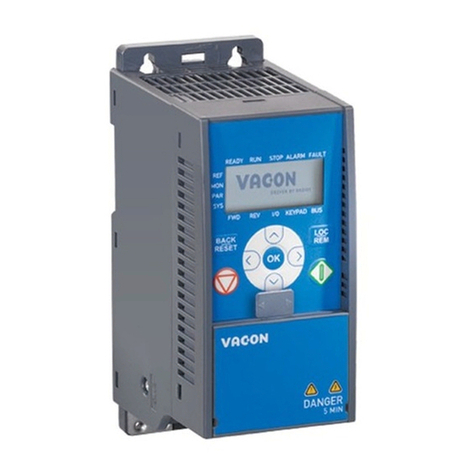
Vacon
Vacon 20 SERIES quick guide

Rockwell Automation
Rockwell Automation Allen-Bradley PowerFlex 400P Series quick start
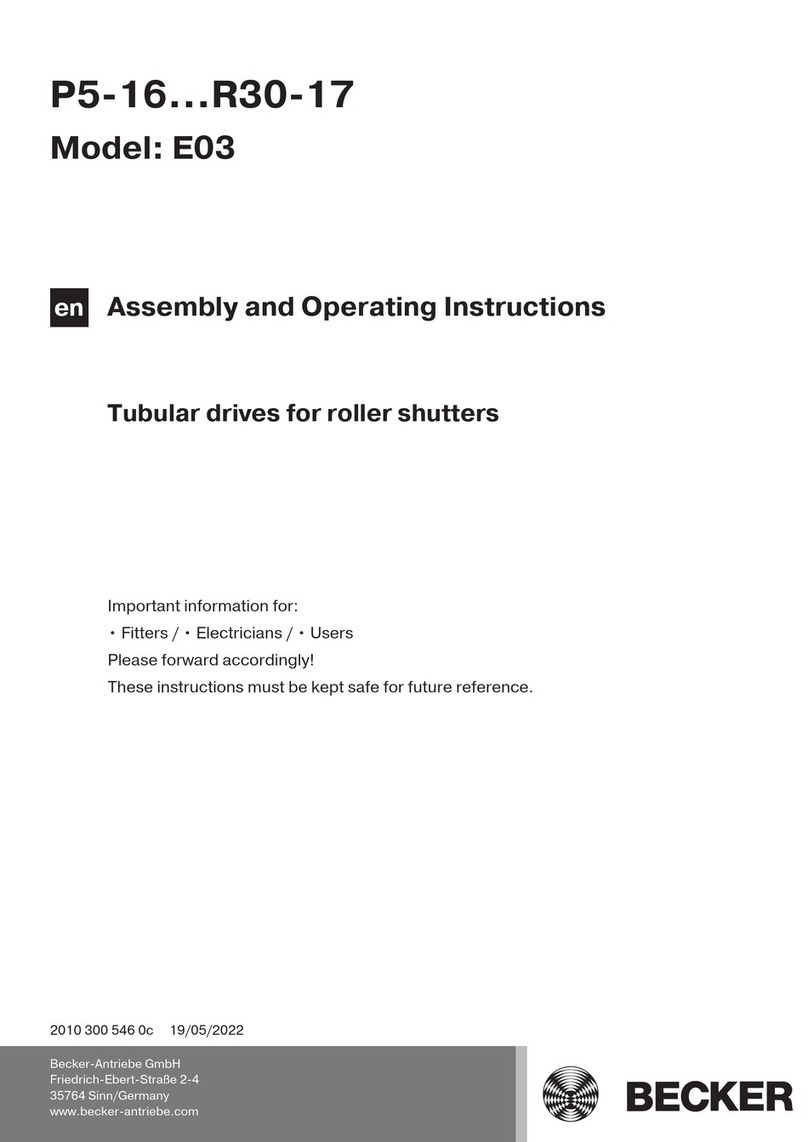
Becker
Becker E03 Assembly and operating instructions
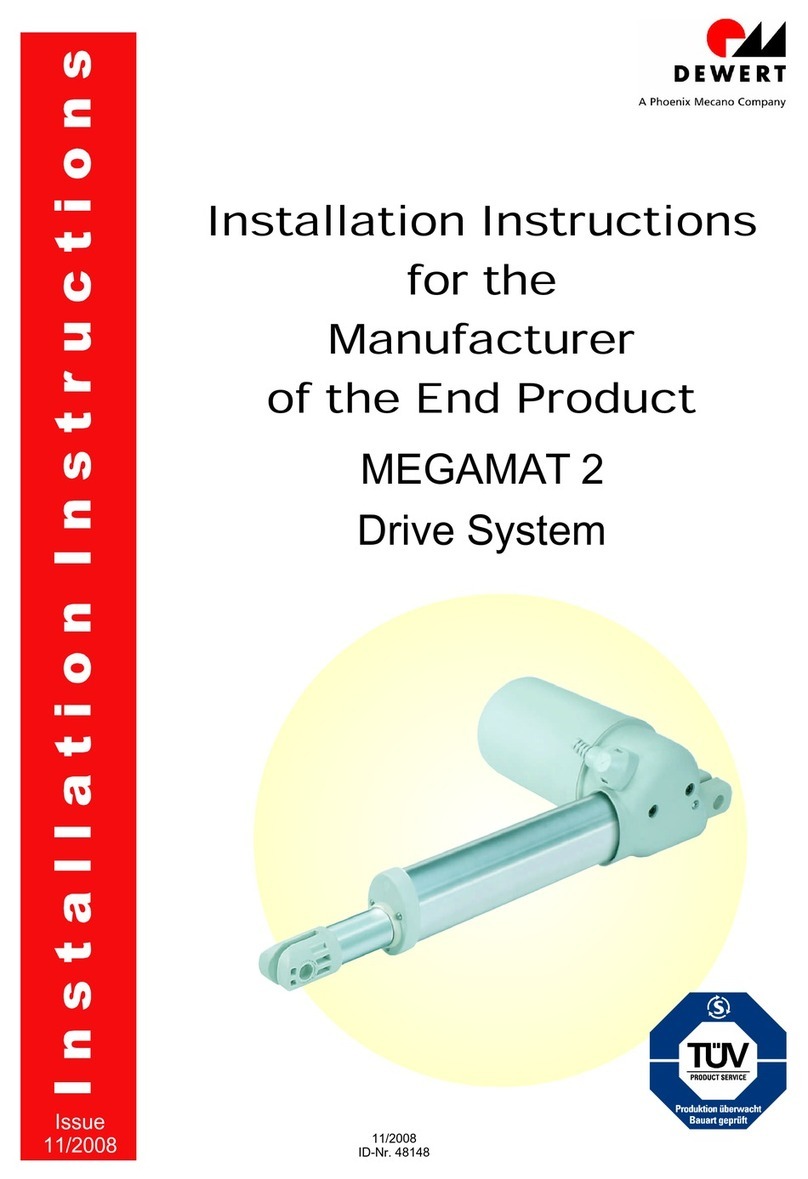
Phoenix Mecano
Phoenix Mecano DEWERT MEGAMAT 2 installation instructions
